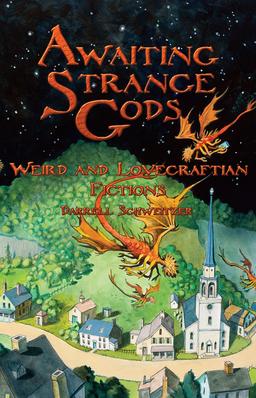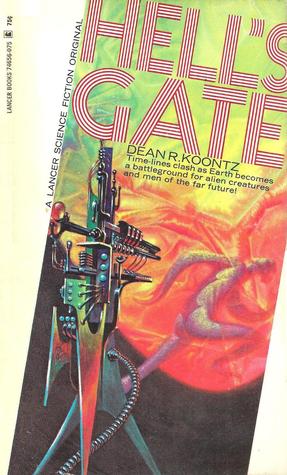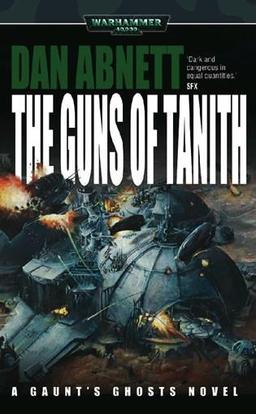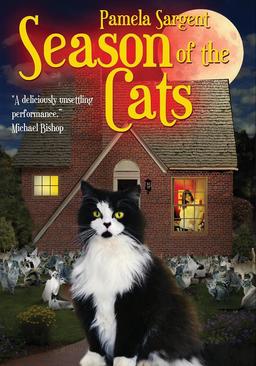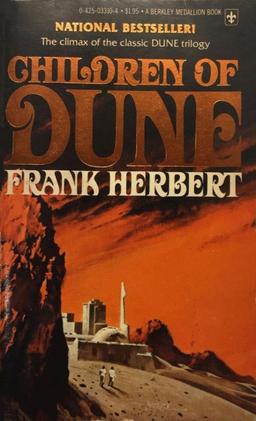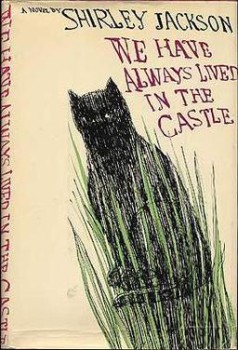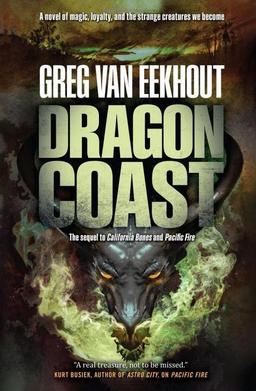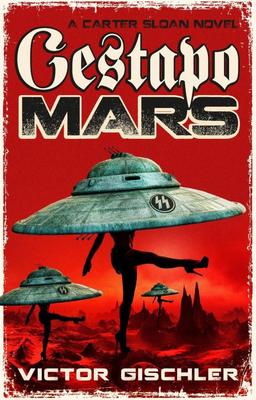Sarah, William Morris, and Me
 Hurry, hurry, hurry! Step right up, you whippersnappers, and see Old Fogy’s Carnival of Cantankerous Complaints. Present your tickets and take your seats for yet another unsolicited argument justifying my personal preference for bound paper books over electronic texts. Keep your arms and hands inside the diatribe at all times. (Go away kid, you bother me.) Ready?
Hurry, hurry, hurry! Step right up, you whippersnappers, and see Old Fogy’s Carnival of Cantankerous Complaints. Present your tickets and take your seats for yet another unsolicited argument justifying my personal preference for bound paper books over electronic texts. Keep your arms and hands inside the diatribe at all times. (Go away kid, you bother me.) Ready?
A while back I decided I wanted to read William Morris’s 1877 book-length epic poem, Sigurd the Volsung, a violent Victorianizing of old Norse myth. After discovering that the paperback copy I ordered from Amazon was heavily abridged (grrrr!) I located an old used copy online — an American edition published in Boston by Roberts Brothers in 1891. (Morris was a popular author, and editions of his works that are this old are not at all scarce; I think it cost me ten or fifteen dollars.)
When the book arrived, I carefully took it out of the shipping package (books of this vintage are wonderfully heavy) and opened the dark green cover to look through it. I immediately saw, on the very first blank page, a name and a date neatly written in pencil:
Sarah Anderson Bates 1892
I’m not specifically a collector of signed editions, though I have acquired quite a few over the years (mostly from science fiction writers), among them books signed by Ray Bradbury, Frank Herbert, Ramsey Campbell, Michael Shea, Harlan Ellison, Peter Beagle, Fritz Leiber, and Cormac McCarthy — some pretty heavy hitters.
The signature I value most is Sarah Anderson Bates. Why? Partially for the surprise of having it at all, but mostly because she is someone I know nothing about, who was — just like me — an ordinary person who had a book she valued, and who, by writing her name in it, became a kind of time traveler, sending a signal to me, a person who probably wasn’t even born until long after she was gone.
